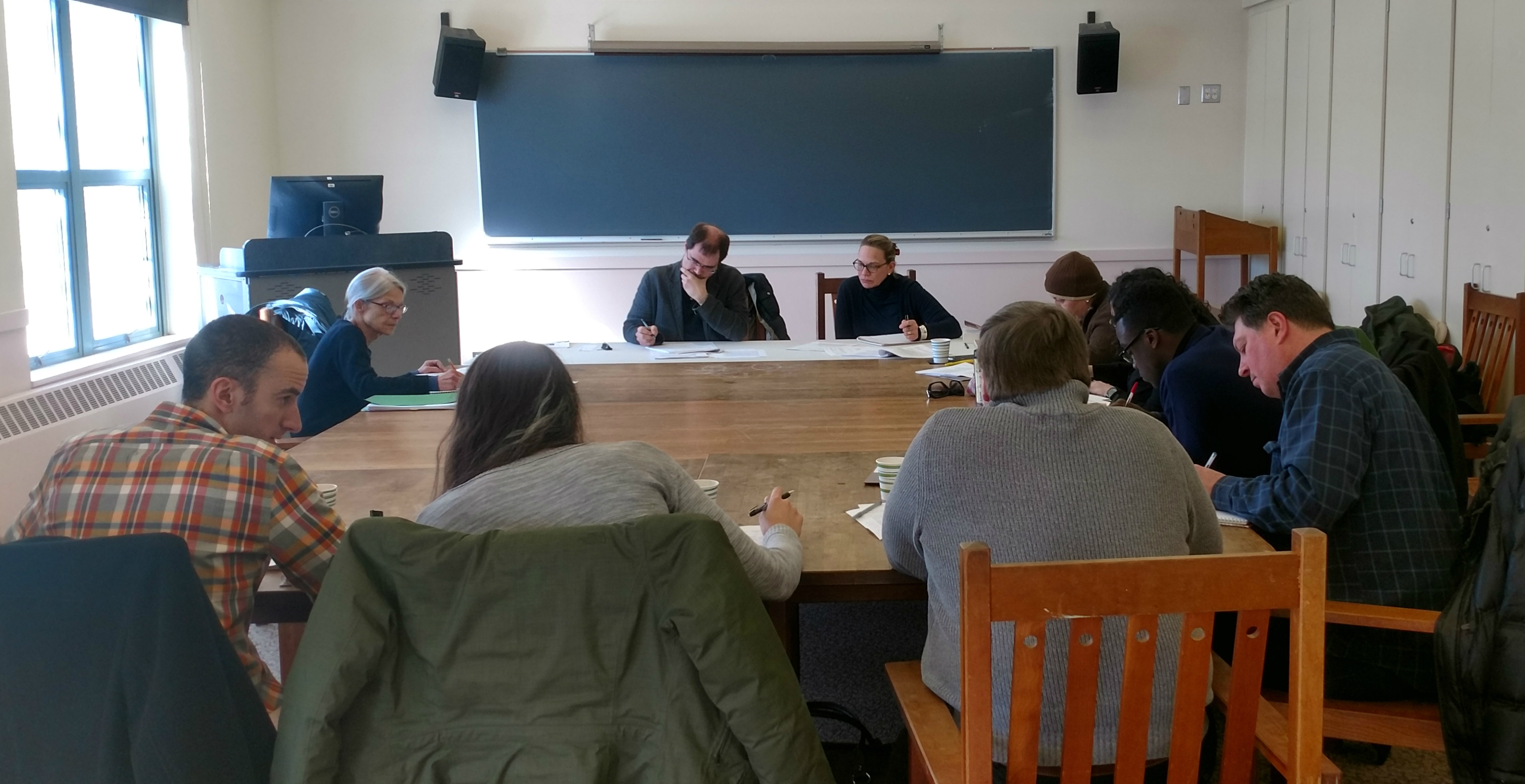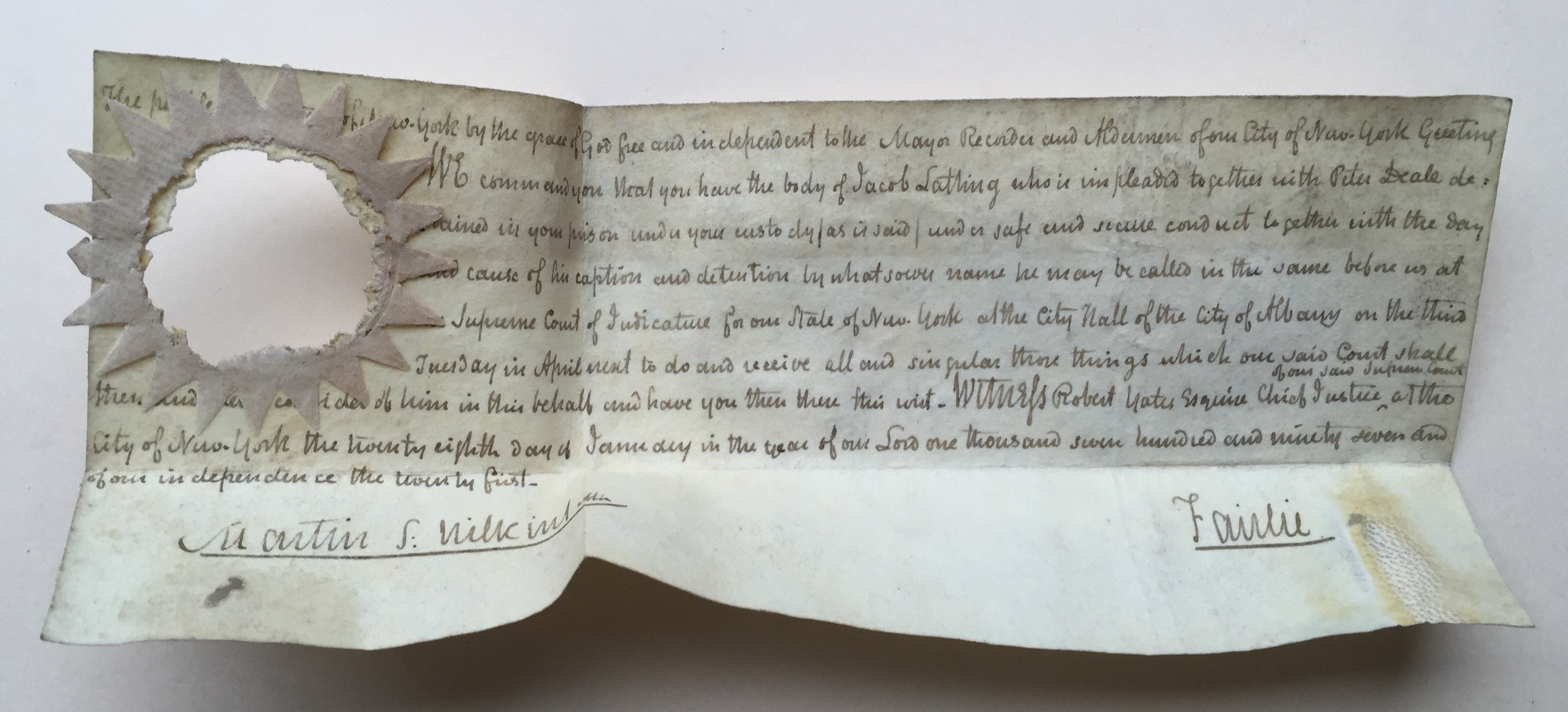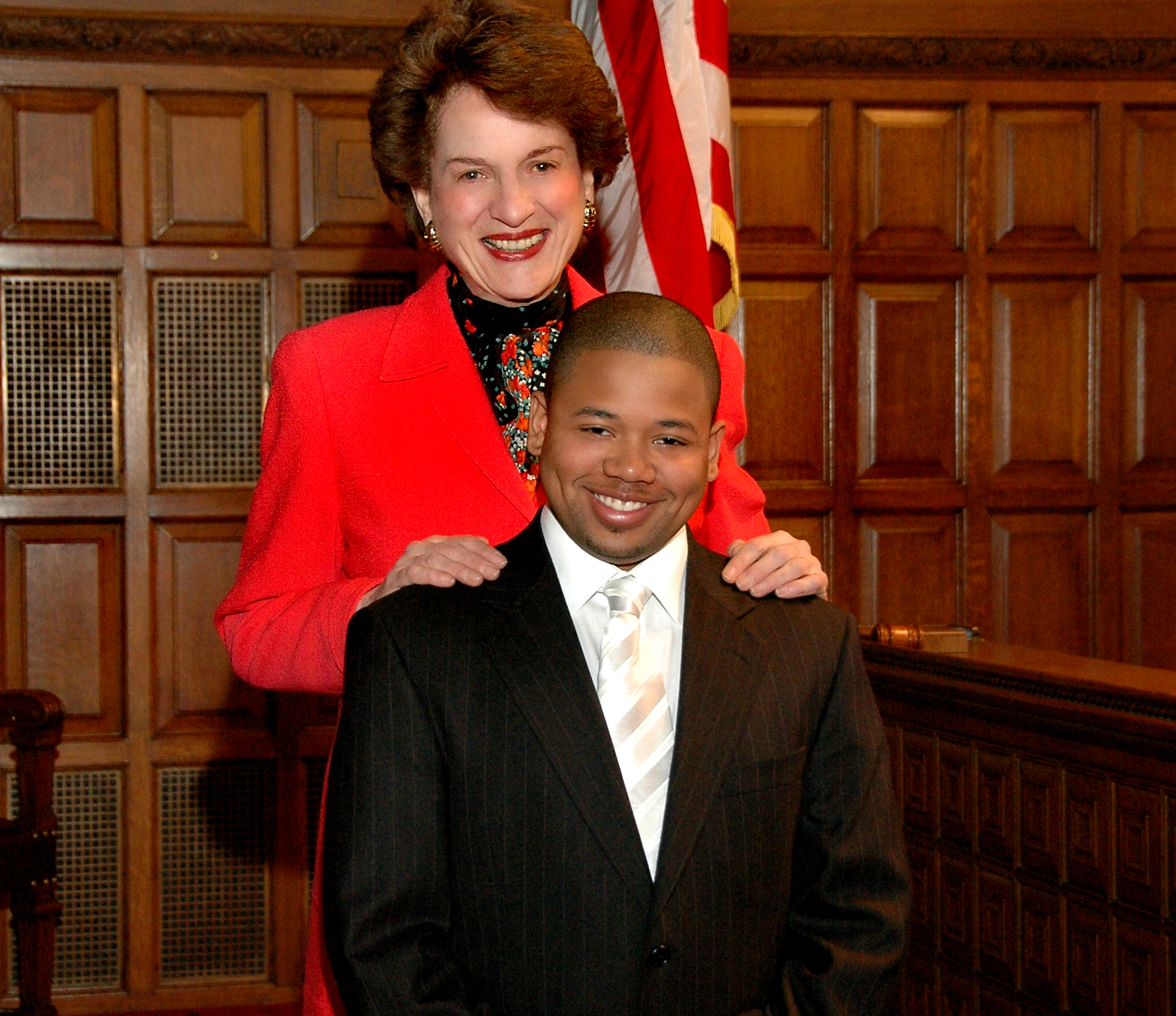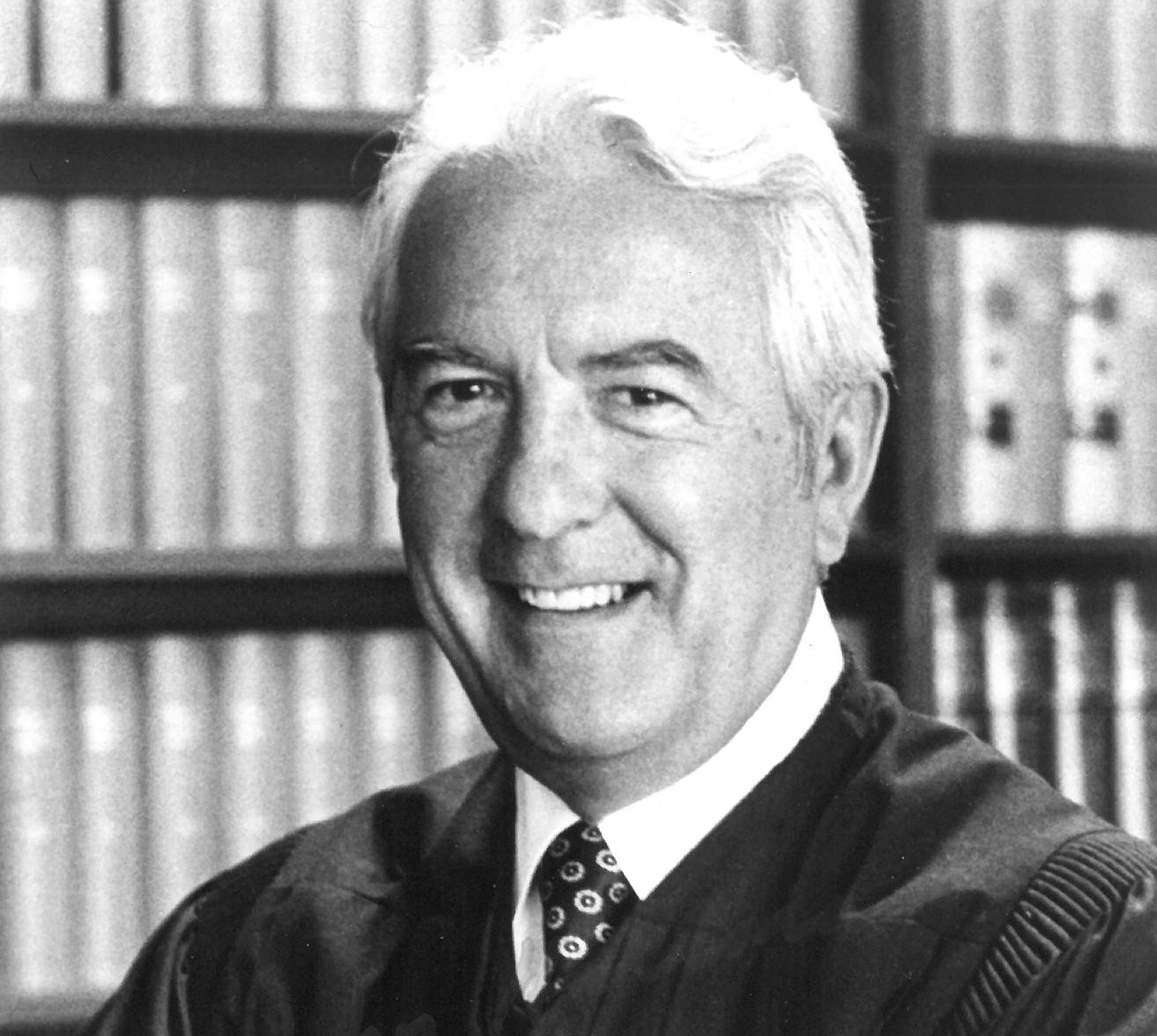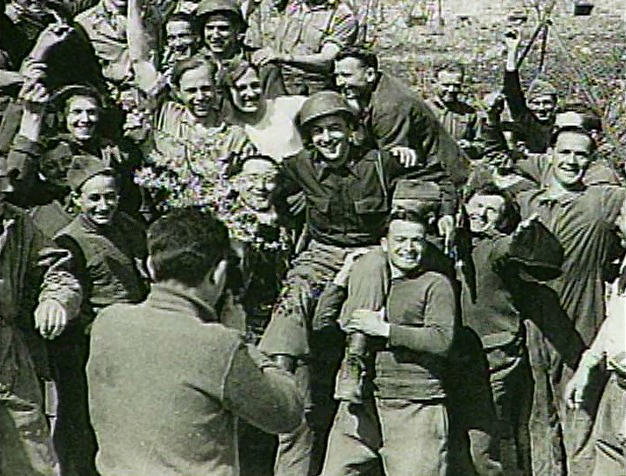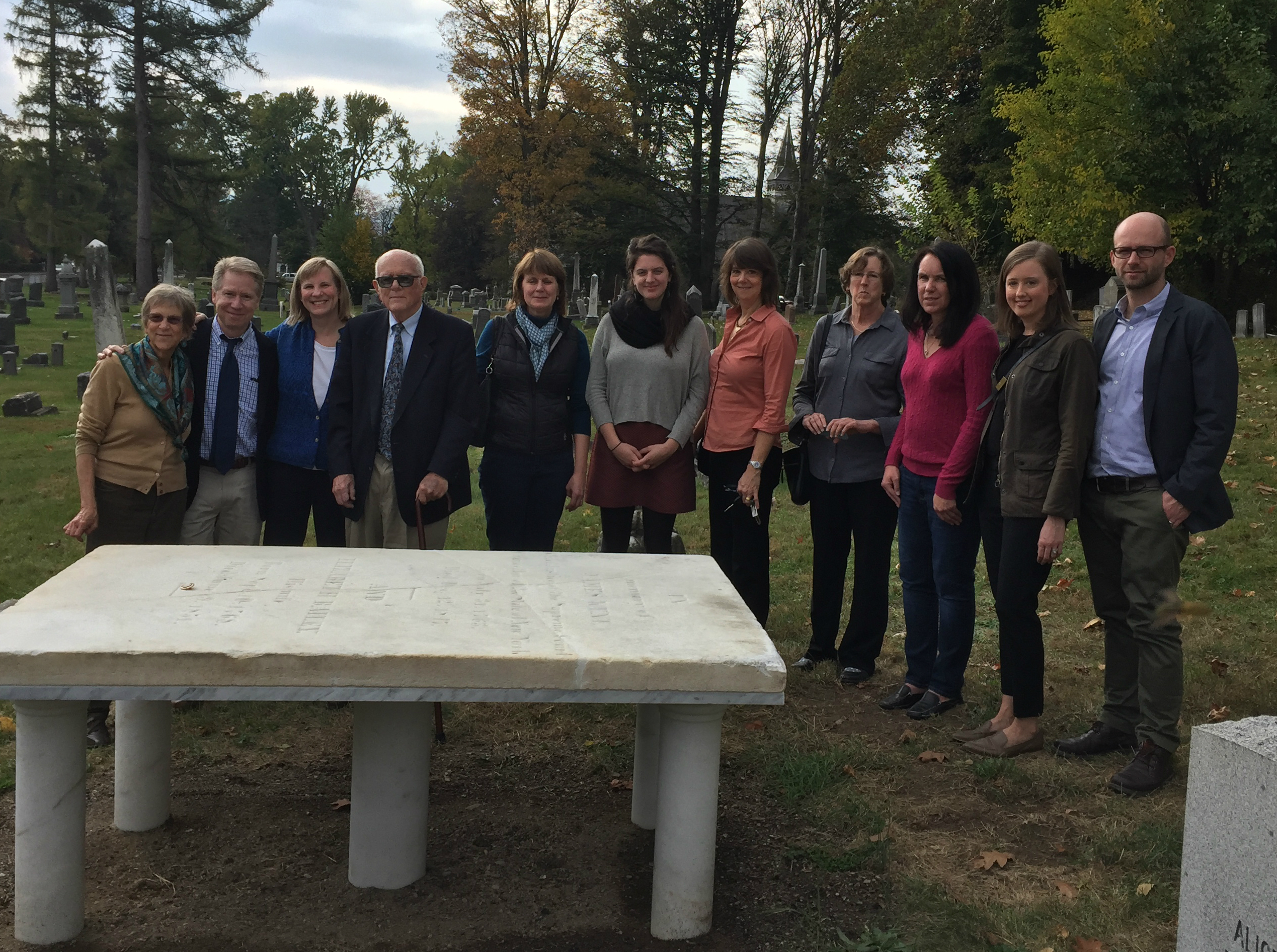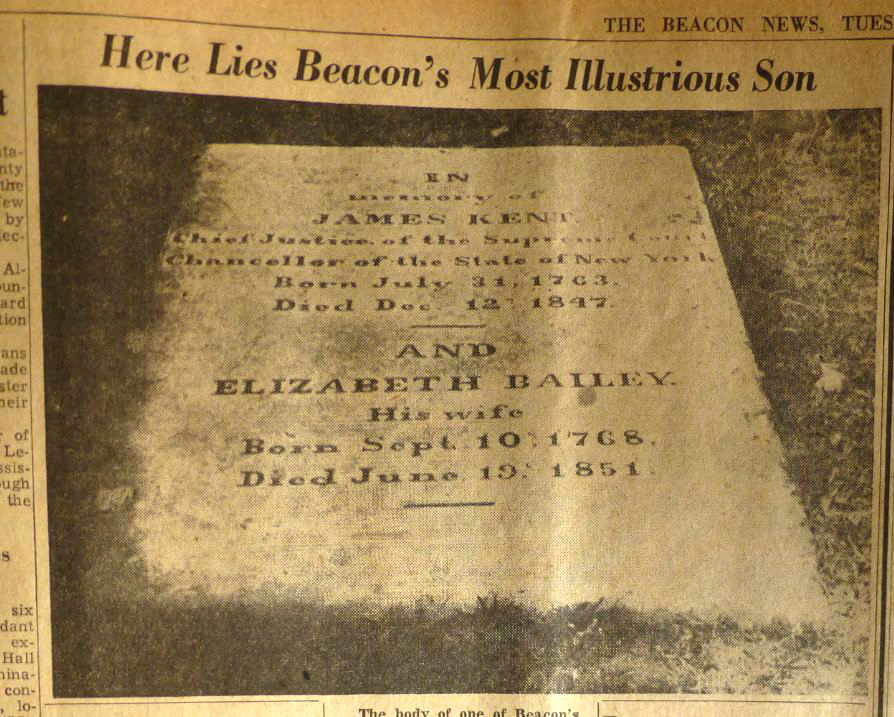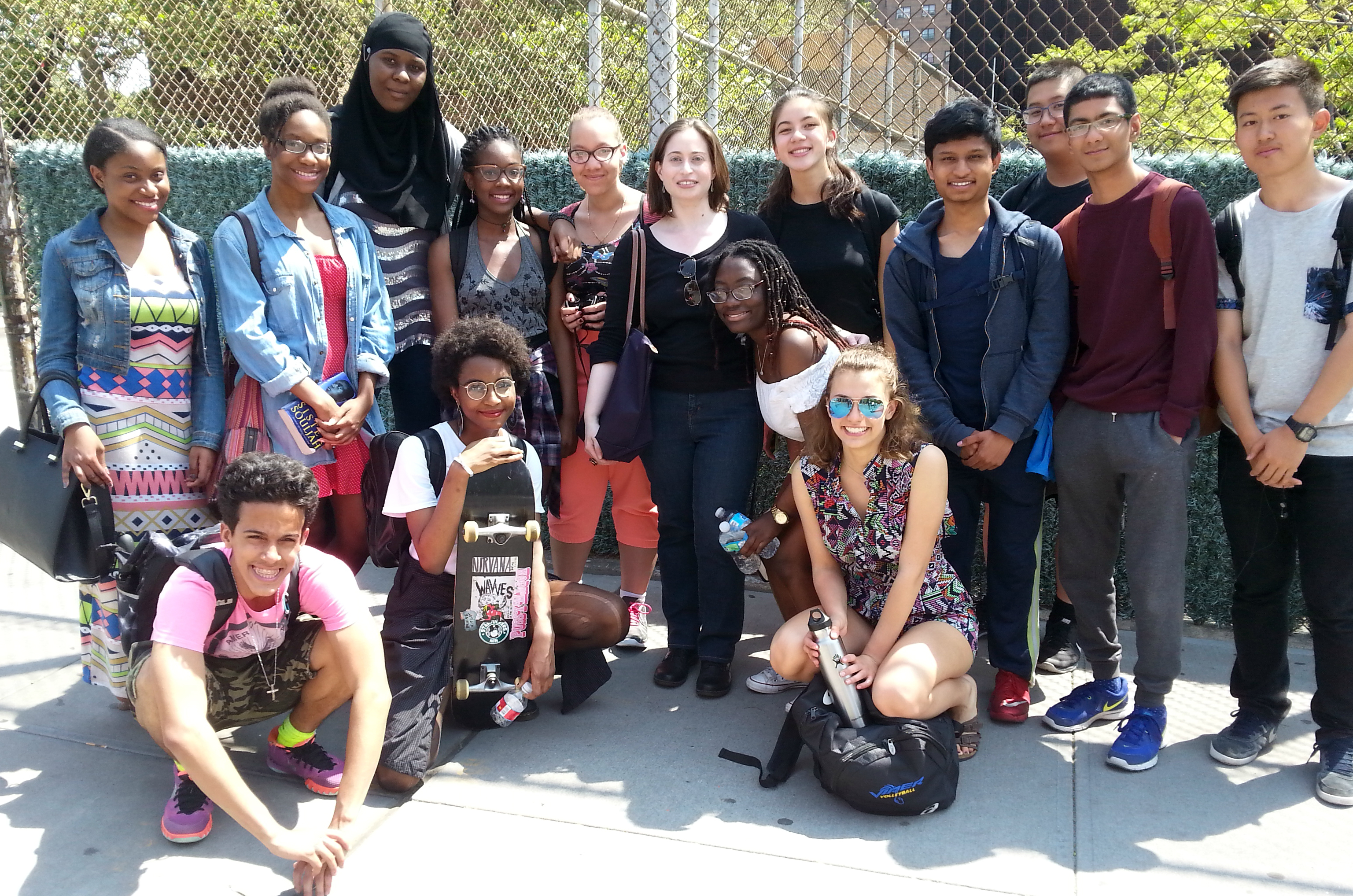This article was written by Rachel Cavell, a practicing attorney with an office in Kingston, New York. Ms. Cavell is also a faculty associate with the Bard College Institute for Writing and Thinking, the Language and Thinking Program, and the Bard Prison Initiative. She received her degree in English Literature from Harvard University.
The workshops were led by Ms. Cavell; William Dixon, IWT Associate and Director, Bard College Language and Thinking program; and Teresa Vilardi, IWT Associate. They were held at Rochester Central School District in December 2016 and at Bard College in February 2017.
Photo: Educators participate in professional development workshops sponsored by the Historical Society of the NY Courts and Bard College Institute of Writing and Thinking
For several years, The Historical Society of the New York Courts has provided generous funding to Bard College for the preparation and implementation of courses geared towards teaching high school students about the New York courts and the Federal judiciary. Following a successful collaboration with the Bard High School Early Colleges in New York City, the Historical Society turned its attention to the Bard College Institute for Writing and Thinking, an organization that offers professional development to high school and college teachers seeking to enrich and enliven learning through writing-rich exercises. In an effort to achieve a diverse and disparate group of students and teachers, we focused our training on school districts in the Rochester, lower and mid-Hudson areas, holding two successful workshops entitled “Justice and the New York Courts” this past December (2016) and February (2017).

Thanks to the collaboration with the Historical Society, my colleagues at the Institute, together with high school teachers from Harlem to Newburgh to Rochester, had the privilege of spending two Fridays considering how and in what way the Framers of our Constitution first conceived of the independence of the judiciary. It was our goal to make this question as real to students today as it would have been to the Framers of our Constitution. Readings included sections from Hamilton’s Federalist Papers (#78), the famous 1852 Lemmon Slave Case from New York, and journalistic pieces, among others.
As it happened, by the time of the first workshop, we found ourselves recovering from an extremely contentious Presidential election and, by February, were embroiled in a genuine Constitutional crisis, involving what can only be described as a stand-off between the Executive and the Judicial branches of our Federal government (the Injunction against the President’s February 2017 Executive Order on Immigration had been upheld by the Court of Appeals for the Ninth Circuit just the day before). The question of judicial independence was now of pressing and immediate national concern.

